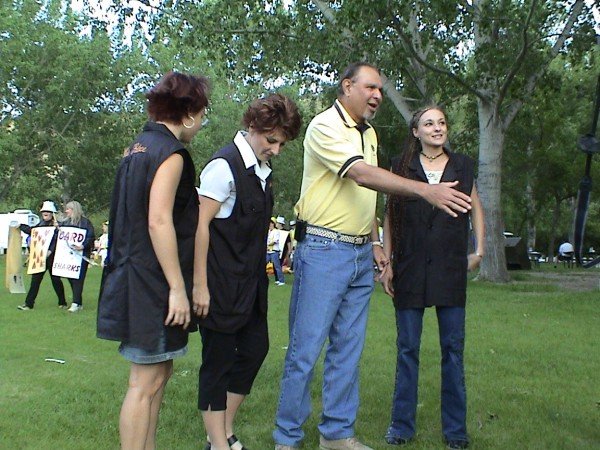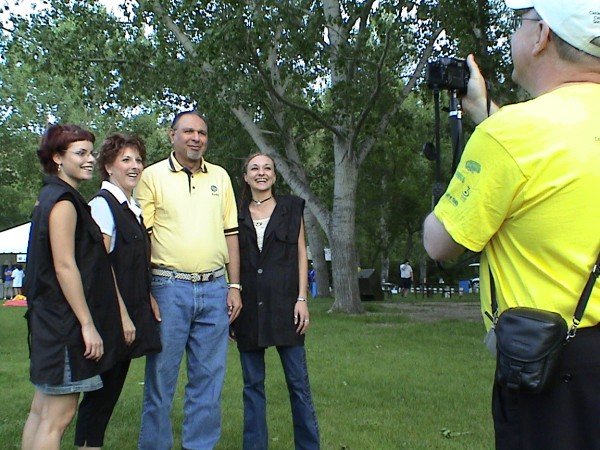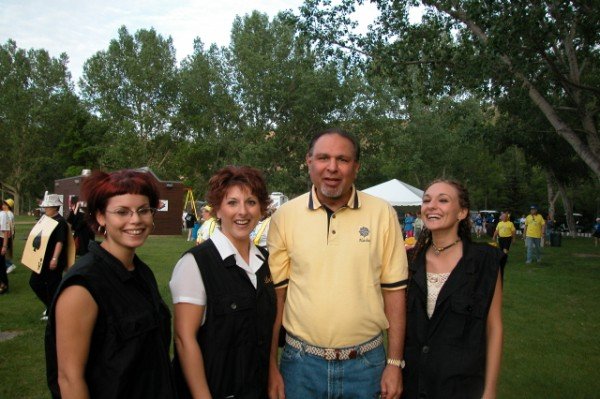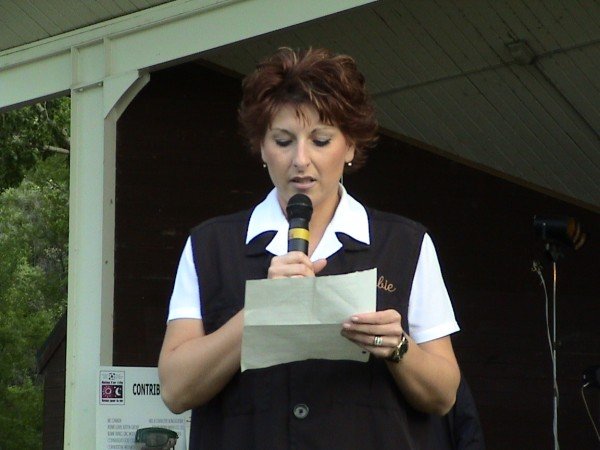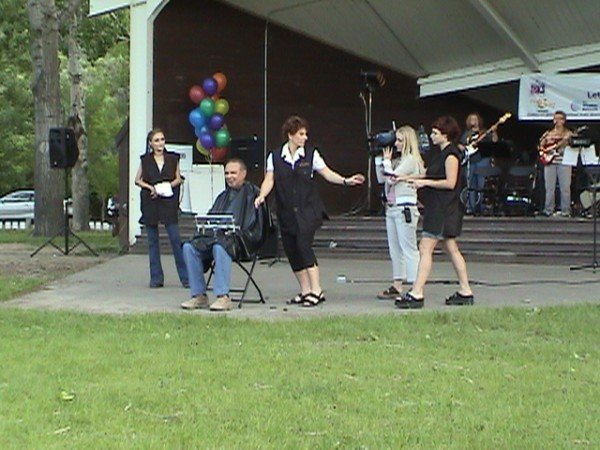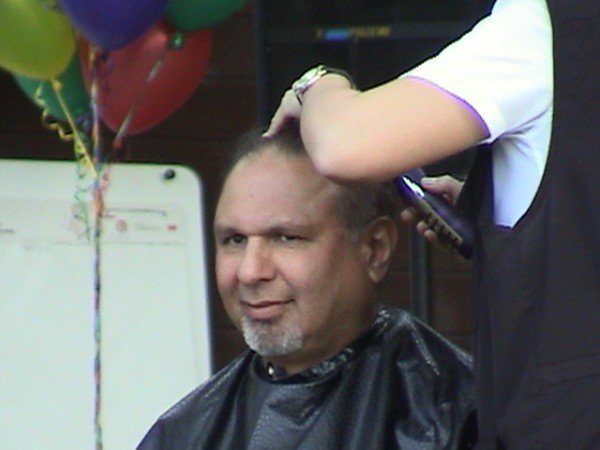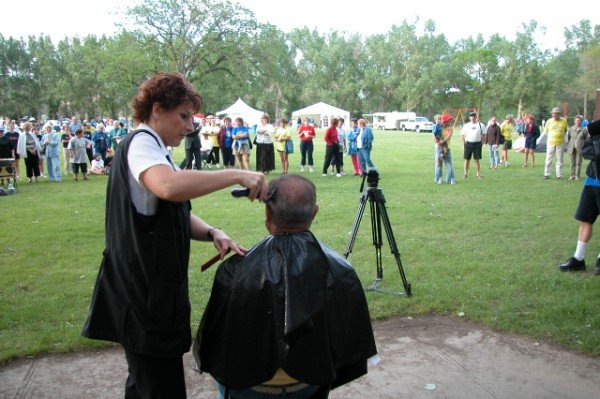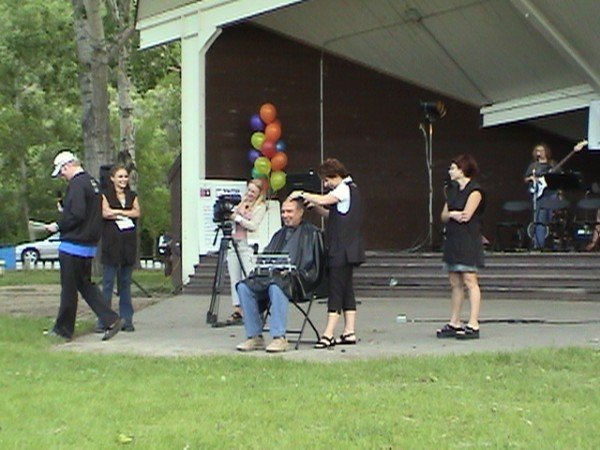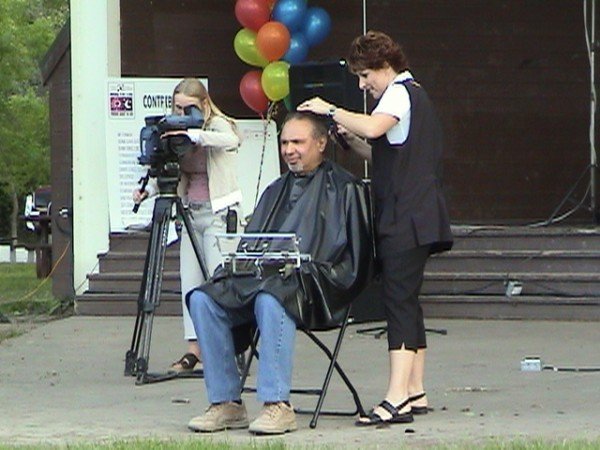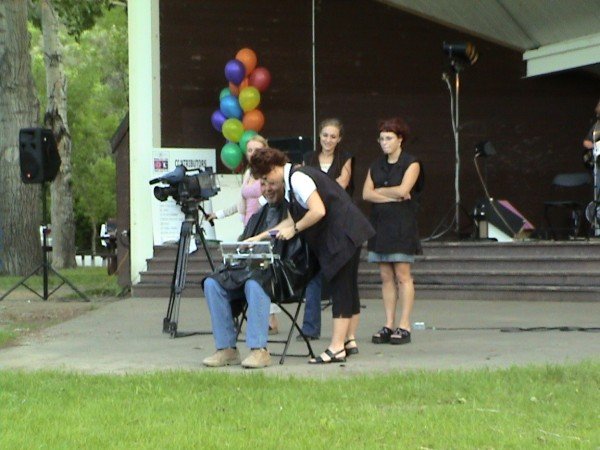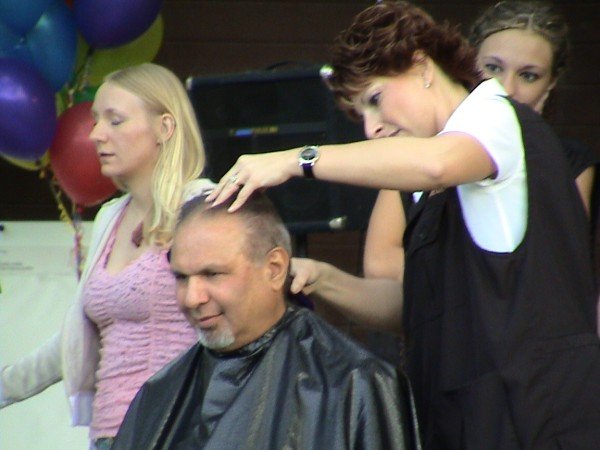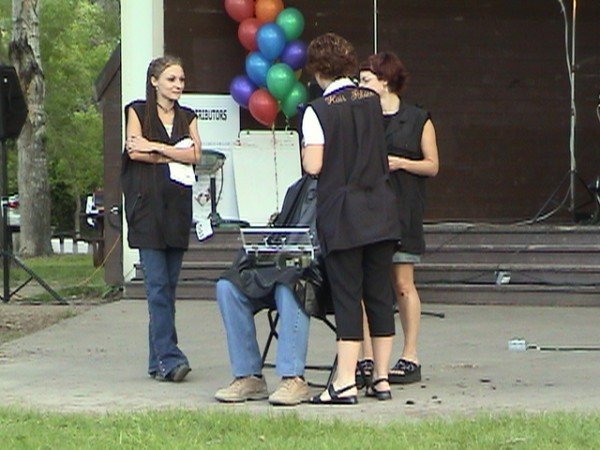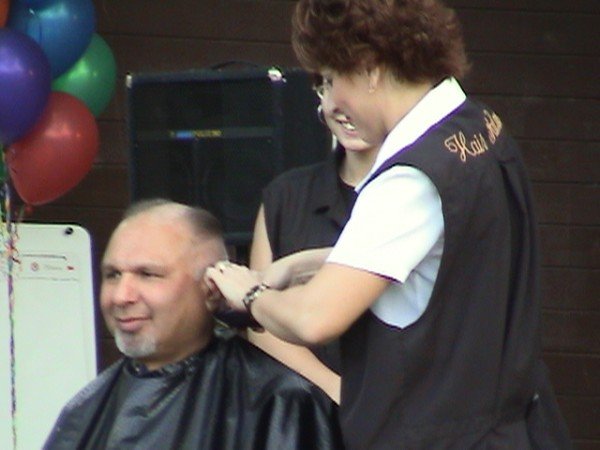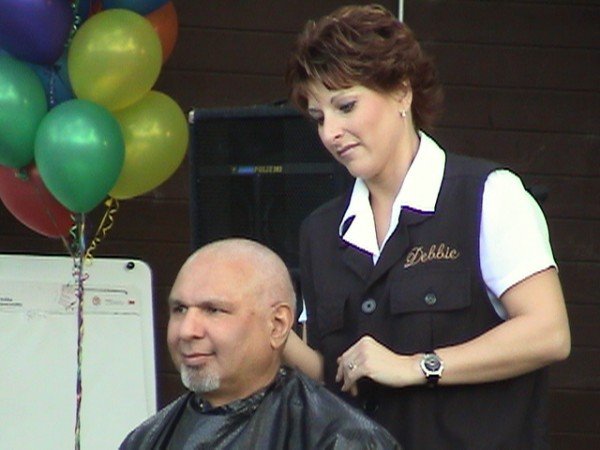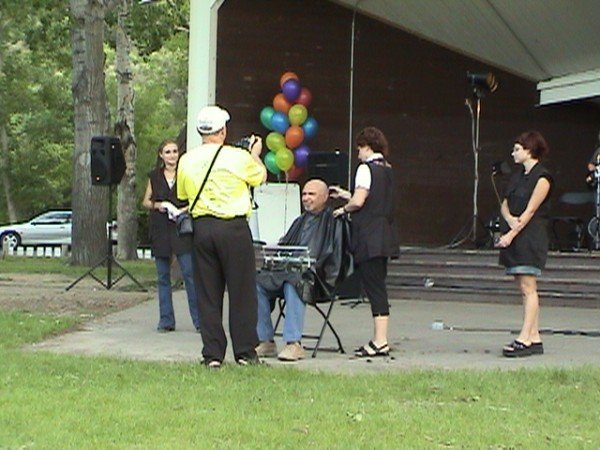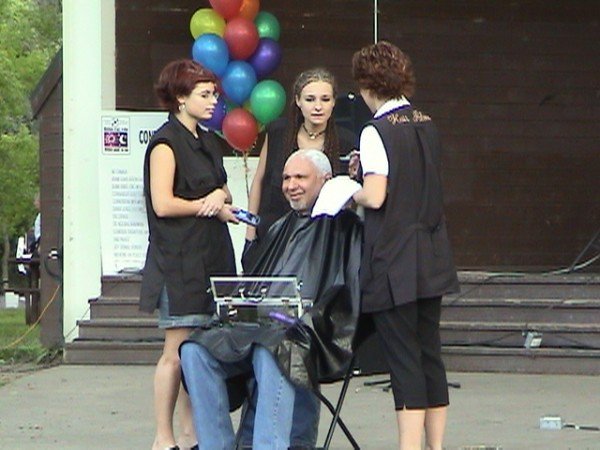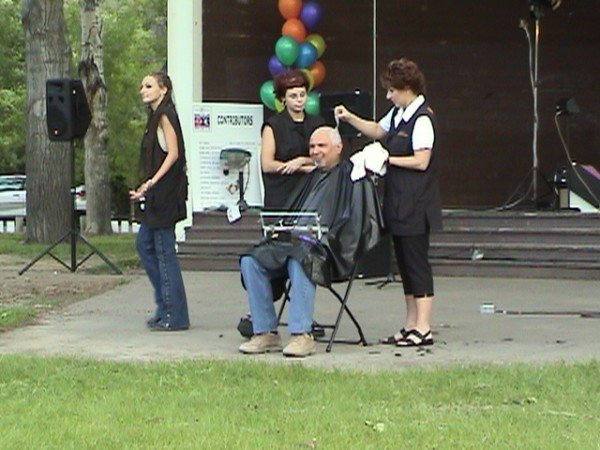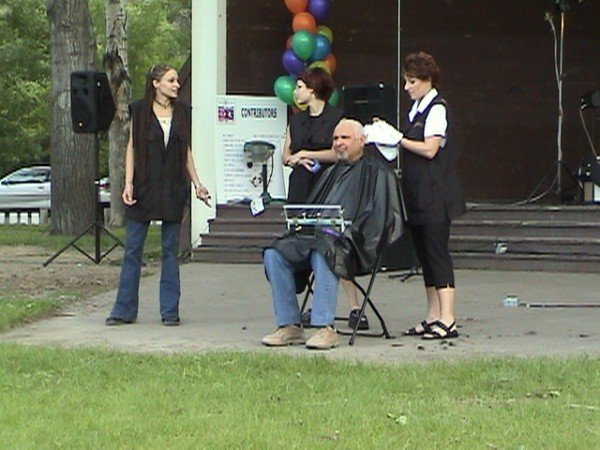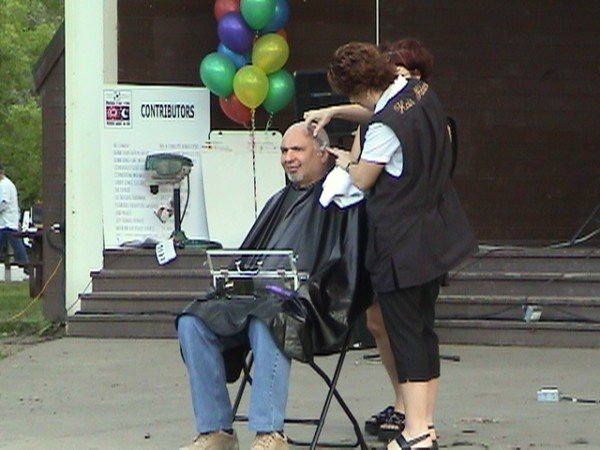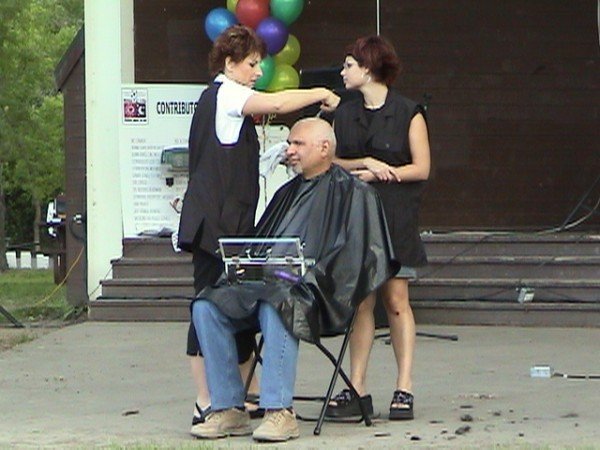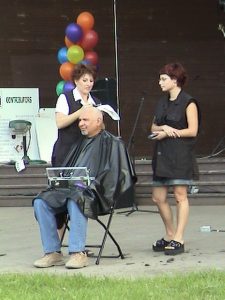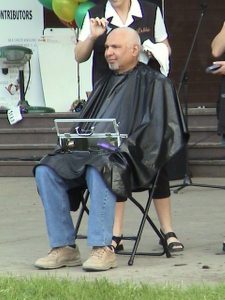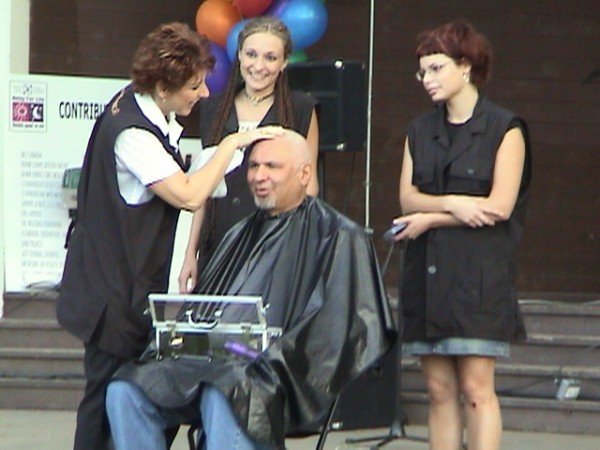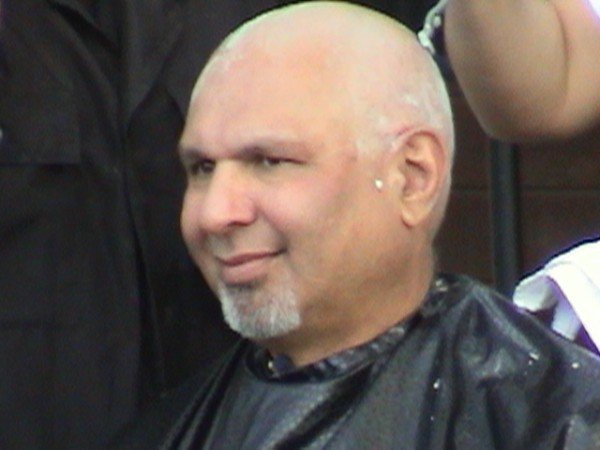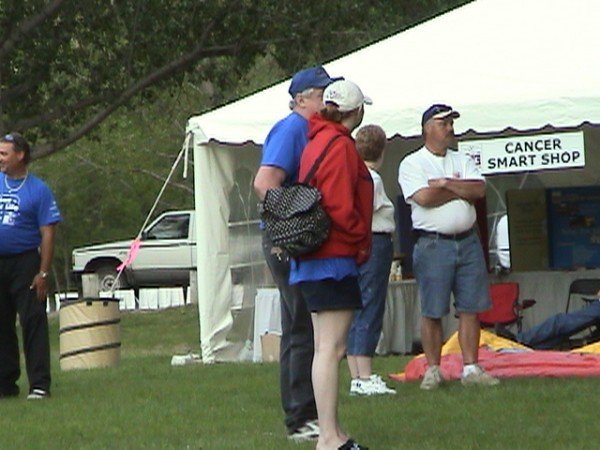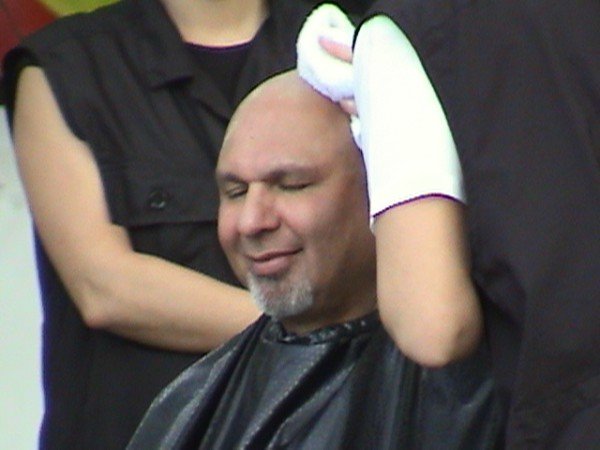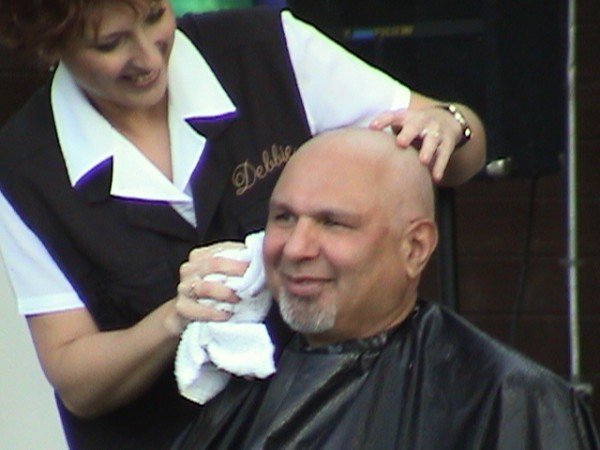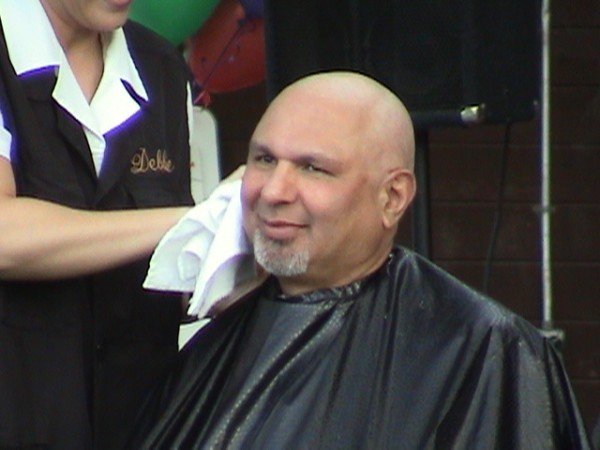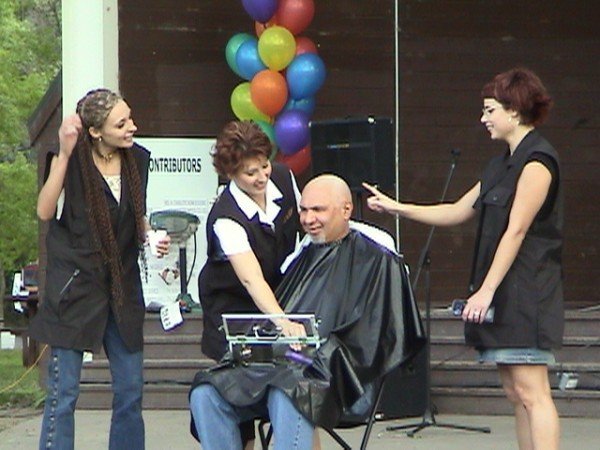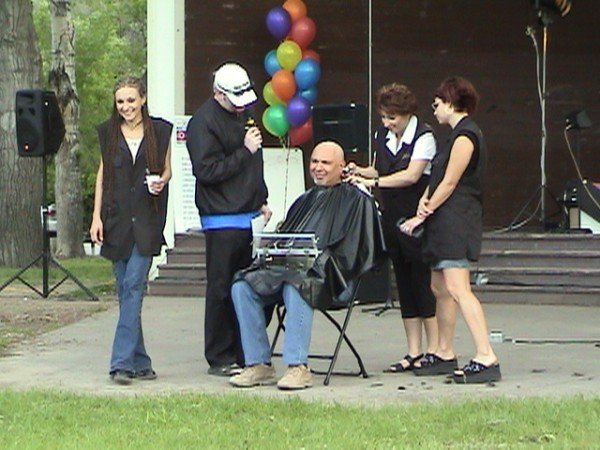Never underestimate your power to change yourself;
never overestimate your power to change others.
-H. Jackson Brown Jr.
Its been six months since some of us made New Years resolutions. Most resolutions reflect our desire to be a better and healthier person. So, where do we stand at half way point?
Staying healthy is not easy. It is hard work which requires dedication and many sacrifices. When we talk about staying healthy, we think in terms of warding off cancer and heart disease. These are the two top killers. Death from accidents is the third one.
There are many other illnesses which take a toll on our lives. Recently, we have had few examples like SARS, West Nile virus, monkey pox, mad cow disease and others. But cancer, heart disease and accidents have been with us for decades and are not going to go away. So let us not forget about them while worrying about other illnesses.
June is heart month. The local media has done a good job to inform the public about heart disease and stroke. Darlene Neigum, from the Heart and Stroke Foundation and her band of dedicated volunteers do a great job fundraising and educating the public.
In North America, there is one death every 33 seconds due to heart disease or stroke. They account for more than 40 per cent of all deaths. More than half of all deaths due to cardiovascular disease each year occur among women. So it is not a disease affecting men only.
There are several risk factors which predispose a person to heart disease and stroke. But, unfortunately, one third of the people who have heart disease do not have the traditional risk factors.
The risk factors for heart disease and stroke are:
– High blood pressure
– High blood cholesterol
– Tobacco use
– Physical inactivity
– Poor nutrition
– Overweight
– Diabetes
Modifying risk factors over which we have control is critical both for preventing and for controlling cardiovascular disease. The risk factor over which we have no control is the family history of heart disease.
Have we made any advances in controlling this disease?
Yes, we have. In the last 30 years or so, the rate of death from stroke has been reduced by more than 50 per cent. The rate of death from cardiac causes has been reduced by more than 40 percent.
This success has been achieved because we can better manage the acute stage of heart attack and stroke by way of using clot busting drugs called thrombolytic therapy.
We have made advances in recognizing the risk factors and promoting awareness of healthy life style. And by using appropriate therapy for control of blood pressure, high cholesterol level, and control of diabetes. Use of aspirin and promoting physical activity and healthy eating has helped as well.
We may have reduced the death rates. But we have not changed the number of people who get heart attacks and stroke. And those who suffer the after effects of such illnesses. So lots more work needs to be done. By way of research and by way of changing our lifestyles.
So, is your health better off today than it was six months ago?
If yes, then be happy. And keep it up it keeps getting better.
If no, then sit down with somebody and reassess your strategy. Youre on the road to success when you realize that failure is merely a detour, says William G. Milnes, Jr.
Do not underestimate your power to change yourself. Too many of us too often worry about failure, and in so doing never really try for success (Secrets of Mind Power).
Good luck for the next six months! Then get ready for new resolutions.
Start reading the preview of my book A Doctor's Journey for free on Amazon. Available on Kindle for $2.99!
